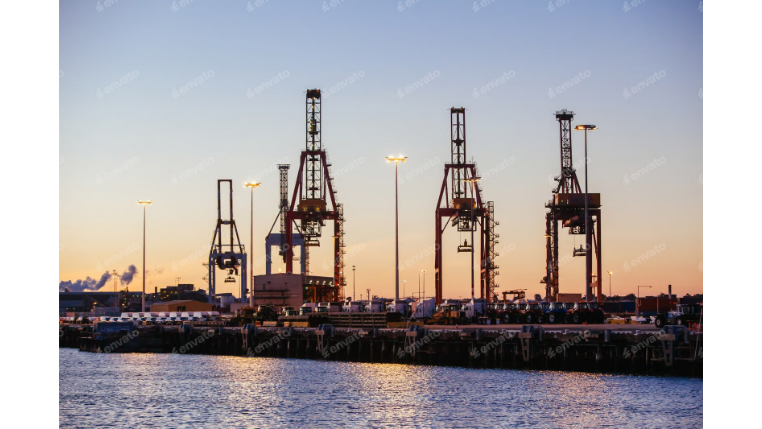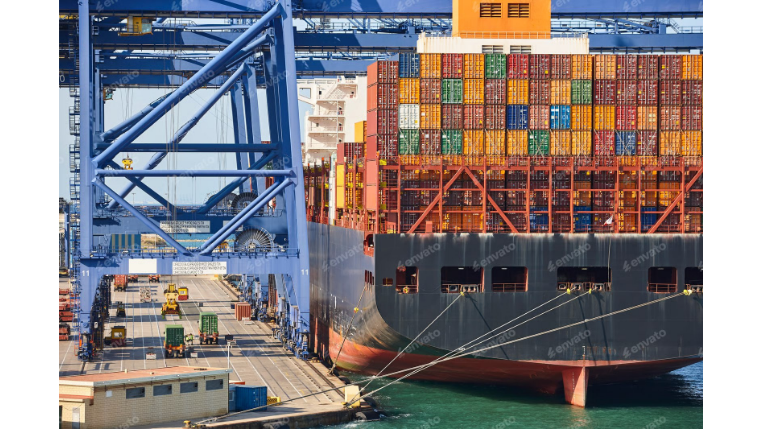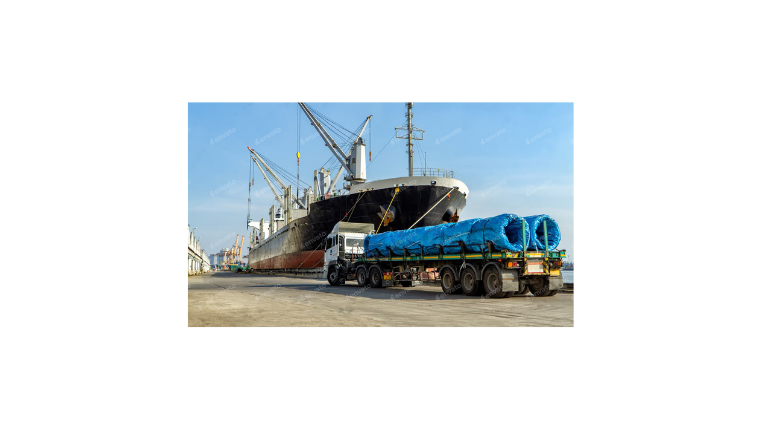Landed Cost: Meaning, Formula & Calculator
If you're sourcing products internationally or running an e-commerce business, you know how easy it is for expenses to pile up. Shipping, duties, insurance—they all add up before your goods even hit the shelves. But here's the kicker: not calculating the full landed cost accurately could eat into your profits faster than you can say "hidden fees."
So, what is landed cost exactly? And why does it matter? Let's break it down step by step—from its meaning to the formula you need, along with tools to make your life easier.
What Exactly is Landed Cost? (And Why Should You Care?)
Landed cost is the total cost of getting a product to your doorstep or warehouse. It's not just the price of the goods you buy from a supplier. Nope. It includes everything—shipping fees, customs duties, taxes, insurance, currency conversion, and even storage fees.
Think of it like this: you buy a sofa for $100 from an international supplier. But by the time you factor in all those extra costs, that $100 sofa might actually cost you $150—or more. That's your landed cost.
Why does this matter? Well, knowing the landed cost:
- Helps you set accurate prices for your products.
- Prevents profit erosion from unexpected fees.
- Improves budgeting and cash flow.
- Allows for fair comparisons between suppliers.
Simply put, it's like turning on the lights in a dark room—you see exactly where your money is going.
The Landed Cost Formula (It's Simpler Than You Think)
Here’s the formula you need to calculate landed cost:
Landed Cost = Product Price + Shipping Costs + Customs Duties & Taxes + Insurance + Handling Fees + Other Miscellaneous Costs
Key Components of Landed Cost
Let’s break down each part of the formula:
- Product Price: The cost of the goods you're buying (simple enough, right?).
- Shipping Costs: Includes freight charges—whether by air, sea, or land.
- Customs Duties & Taxes: Import duties, VAT, or any other taxes charged when goods cross borders.
- Insurance: Protects your goods in transit against damage or loss.
- Handling Fees: Costs associated with loading, unloading, and warehousing.
- Other Miscellaneous Costs: Currency conversion fees, packaging, and any surprise charges that come up.
A Quick Example
Imagine you’re importing 100 pairs of shoes from China. Here’s the breakdown:
- Product Cost: $10 per pair ($1,000 total).
- Shipping: $200.
- Customs Duties: 5% of product cost ($50).
- Insurance: $30.
- Handling Fees: $20.
Landed Cost = $1,000 + $200 + $50 + $30 + $20 = $1,300.
So, your cost per pair of shoes is $13. If you plan to sell them for $20 each, you now know your profit margin is $7 per pair. Pretty handy, right?
Why Hidden Costs Can Wreck Your Bottom Line
Let’s be honest: surprises are great for birthdays, not for business expenses. If you’re not careful, hidden costs like unexpected taxes or currency fluctuations can chip away at your margins.
For instance, ever had a shipment get delayed and incur storage fees? Or maybe you underestimated import duties because of a new trade policy? These little hiccups add up fast—and suddenly, what looked like a profitable order becomes a money-loser.
That’s why it’s essential to account for all costs upfront. By calculating landed costs accurately, you’re not just protecting profits; you’re also keeping your operations stress-free (well, as stress-free as business can get).
Landed Cost Calculators: Your Secret Weapon
Manually calculating landed costs for every shipment can be, well, a headache. That’s where landed cost calculators come in.
These tools automate the math for you, saving time and reducing errors. Just plug in the numbers—product cost, shipping fees, duties, etc.—and voila! You get the total landed cost.
Top Landed Cost Calculator Tools
Here are a few popular options to consider:
- Zonos Landed Cost: Great for e-commerce sellers looking for accurate cross-border pricing.
- EasyShip: Offers shipping cost calculators with built-in landed cost features.
- SimplyDuty: A straightforward tool for calculating duties, taxes, and total costs.
- Xeneta: For businesses shipping in large volumes, with advanced cost-tracking capabilities.
These tools don’t just make your life easier; they also help you spot savings opportunities and streamline operations. No more guessing games.
Tips to Lower Your Landed Costs (Because Who Doesn’t Love Saving Money?)
Alright, let’s talk savings. Even if landed costs are unavoidable, there are ways to keep them in check:
- Negotiate with Suppliers: Bulk orders often lead to lower unit costs—try asking for better terms.
- Choose Cost-Effective Shipping: Sea freight is slower but usually cheaper than air.
- Understand Tariff Codes: Incorrect HS codes can lead to overpaying on customs duties.
- Consolidate Shipments: Combine orders to reduce shipping and handling fees.
- Partner with Local Warehousing: Storing goods closer to your customers can save on long-term logistics costs.
- Monitor Exchange Rates: Currency fluctuations can swing landed costs up or down—timing matters.
Small changes like these add up over time, making your business leaner and more competitive.
Final Thoughts: Accurate Landed Costs = Smarter Business Decisions
At the end of the day, knowing your landed costs isn’t just about math—it’s about control. Control over your pricing, your profits, and your ability to compete.
Whether you're a small e-commerce seller or a supply chain manager handling large imports, having a clear picture of landed costs helps you make smarter, more confident decisions. And let’s be honest: confidence is everything in business.
So, start calculating those landed costs, use the tools available, and keep an eye out for savings. Your bottom line will thank you—and so will your sanity.










